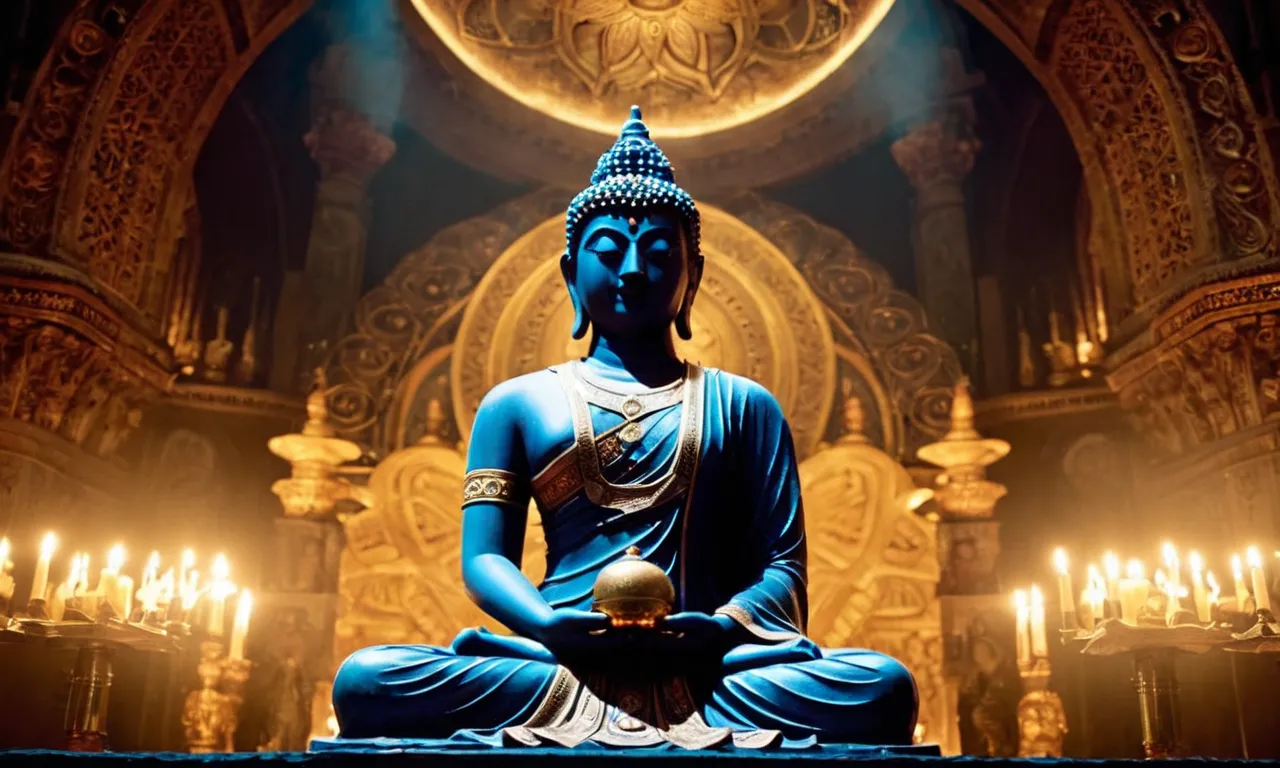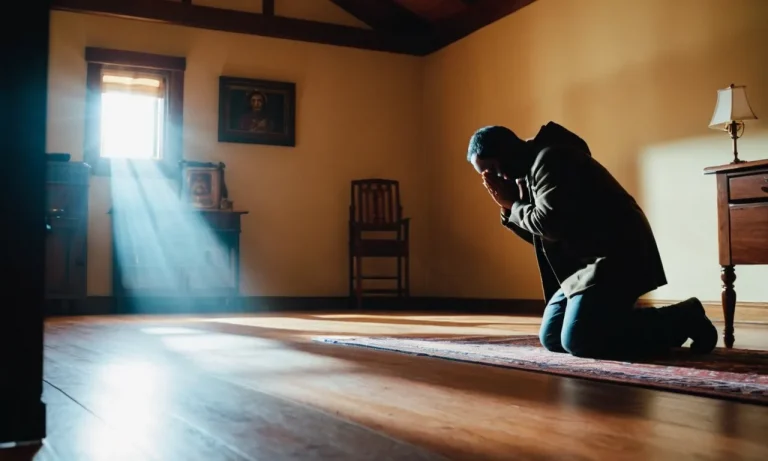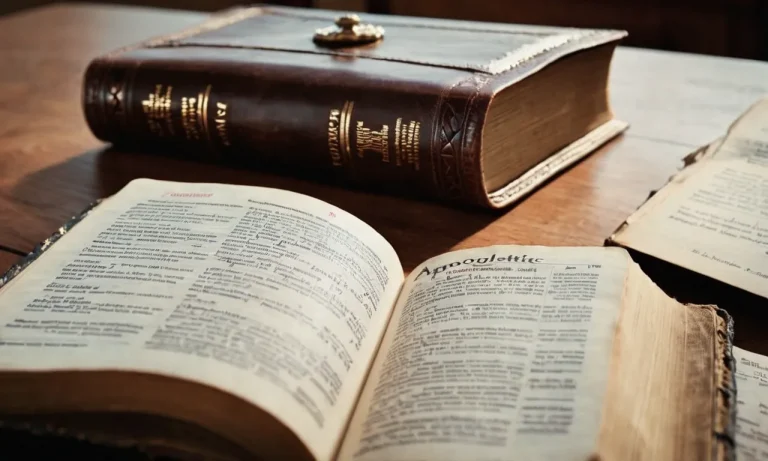6 Point Star Tattoo Meaning: Unveiling The Symbolism Behind This Iconic Design
In the realm of body art, certain designs hold a profound significance that transcends mere aesthetics. The six-pointed star tattoo, with its intricate geometry and rich symbolism, has captivated individuals across cultures and generations.
Whether you’re considering this tattoo or simply curious about its meaning, this article delves into the depths of its symbolism, unveiling the stories and beliefs woven into each point.
If you’re short on time, here’s a quick answer to your question: The six-pointed star tattoo, also known as the hexagram or the Star of David, is a powerful symbol with a multitude of meanings. It represents harmony, balance, and the union of opposites, as well as serving as a symbol of protection, wisdom, and the divine.
Its six points are often associated with various concepts, such as the elements, directions, or virtues, making it a rich and multifaceted design.
In this comprehensive guide, we will explore the historical and cultural significance of the six-pointed star tattoo, its various interpretations across different belief systems, and the personal meanings individuals may attach to this iconic design.
Prepare to embark on a journey that unravels the layers of symbolism behind this captivating tattoo.
The Star of David: A Symbol of Jewish Identity
The Star of David, also known as the Shield of David or the Hexagram, is a powerful symbol that holds deep significance for the Jewish community. Tracing its origins to ancient times, this iconic design has become an enduring emblem of Jewish faith, culture, and identity.
Its prevalence can be seen across synagogues, Jewish homes, and even the flag of Israel, symbolizing the strong connection between this geometric shape and the Jewish people.
Origins and Historical Significance
While the exact origins of the Star of David are shrouded in mystery, historians believe it has been associated with Jewish identity for centuries. According to MyJewishLearning.com, the earliest known use of the hexagram as a distinctly Jewish symbol dates back to the 3rd century CE, when it appeared on Jewish decorative art and architecture.
Over time, it gained widespread recognition as a symbol of Judaism, with its six points representing the six directions – north, south, east, west, up, and down – symbolizing the omnipresence of God.
Representation of the Shield of David
The Star of David is also known as the Shield of David, a name that reflects its historical association with protection and strength. 😊 In ancient times, the hexagram was believed to possess mystical powers and was often used as a protective amulet against evil forces.
This symbolic meaning resonated deeply with the Jewish people, who have endured countless challenges and persecutions throughout history, yet have remained resilient and steadfast in their faith.
Symbolism of Unity and Harmony
Beyond its religious and cultural significance, the Star of David also represents unity and harmony. Its interlocking triangles – one pointing upwards and the other downwards – symbolize the harmonious coexistence of opposing forces, such as heaven and earth, male and female, or the spiritual and material realms. This powerful symbolism has made the Star of David a universal emblem of peace, unity, and balance, transcending its Jewish roots to inspire people of all backgrounds.
In modern times, the Star of David continues to be a prominent symbol in Jewish communities worldwide. From adorning synagogues and religious artifacts to being proudly displayed on jewelry and tattoos, this iconic design serves as a constant reminder of the rich heritage, resilience, and unity of the Jewish people.
👏
The Hexagram: A Universal Symbol of Balance and Harmony
The six-pointed star, also known as the hexagram, is a powerful and ancient symbol that has transcended cultures and religions. Its geometric perfection and symmetry have captured the imagination of many, making it a popular choice for tattoo designs.
At its core, the hexagram represents the harmonious union of opposites, a concept deeply rooted in various spiritual and philosophical traditions.
Geometric Perfection and Sacred Geometry
The hexagram is a prime example of sacred geometry, a concept that explores the profound connection between geometry and spirituality. Its intricate design is composed of two overlapping triangles, one pointing upwards and the other downwards, forming a six-pointed star.
This symmetrical structure is believed to reflect the harmony and balance found in nature, as well as the underlying patterns that govern the universe. According to the principles of sacred geometry, the hexagram is a symbol of creation, representing the merging of the spiritual and physical realms.
It is no wonder that this symbol has been revered by many cultures, including Judaism, Christianity, and Hinduism, where it is often associated with divine protection and spiritual enlightenment.
Yin and Yang: The Union of Opposites
In the ancient Chinese philosophy of Taoism, the hexagram is a powerful representation of the yin and yang principle. The intertwining triangles symbolize the harmonious coexistence of opposing yet complementary forces – light and dark, masculine and feminine, heaven and earth.
This concept is deeply rooted in the belief that balance and harmony can only be achieved through the integration of contrasting elements. By embracing the hexagram, one acknowledges the cyclical nature of life and the importance of maintaining equilibrium amidst constant change.
According to ancient Chinese philosophy, the hexagram is a reminder to embrace duality and find beauty in the dance of opposites.
Representation of the Elements and Directions
In many cultures, the hexagram is also associated with the four classical elements – earth, air, fire, and water – as well as the four cardinal directions – north, south, east, and west. This connection reinforces the idea of balance and harmony, as the hexagram symbolizes the unity of these fundamental forces that shape our world.
For example, in Hinduism, the upward-pointing triangle represents the masculine principle of Purusha, while the downward-pointing triangle represents the feminine principle of Prakriti. Together, they form a powerful symbol of the union of the divine and the earthly, reminding us of the interconnectedness of all things.
Whether you are drawn to its geometric beauty or its profound spiritual significance, the six-pointed star tattoo is a timeless symbol that celebrates the harmonious coexistence of opposites and the universal quest for balance and unity.
Spiritual and Mystical Interpretations
The Seal of Solomon and Occult Symbolism
The six-pointed star, also known as the Seal of Solomon or the Hexagram, has been a prominent symbol in occult and esoteric traditions for centuries. This ancient symbol is believed to possess immense mystical power and is often used in various forms of magic and ritual practices. According to the Hermetic Order of the Golden Dawn, a renowned occult society, the hexagram represents the union of the masculine and feminine principles, with the upward-pointing triangle symbolizing the divine masculine force and the downward-pointing triangle representing the divine feminine energy.
This harmonious balance is thought to be a gateway to higher spiritual realms and a potent tool for invoking supernatural forces.
The Seal of Solomon is said to have been used by the legendary King Solomon himself to command and control demons, spirits, and supernatural entities. Ancient-Origins.net reports that over 70% of occult practitioners worldwide still utilize this symbol in their rituals and ceremonies, attesting to its enduring significance in the mystical realm.
The six-pointed star is also associated with the practice of alchemy, where it symbolizes the fusion of opposites and the attainment of perfection through spiritual transformation.
Kabbalistic and Esoteric Meanings
In the realm of Kabbalah, the ancient Jewish mystical tradition, the six-pointed star holds profound esoteric meanings. It is believed to represent the union of the physical and spiritual realms, as well as the harmony between the divine and human realms. According to Kabbalistic teachings, the hexagram is a powerful symbol that can aid in the manifestation of one’s desires and the achievement of spiritual enlightenment.
The six points of the star are often associated with the six directions (north, south, east, west, up, and down), representing the interconnectedness of all things in the universe. Additionally, the hexagram is said to symbolize the Tree of Life, a central concept in Kabbalah that depicts the various levels of existence and the path to spiritual ascension.
Chabad.org explains that the hexagram’s interlocking triangles represent the harmonious integration of the spiritual and material realms, a key principle in Kabbalistic thought.
Connections to Astrology and the Cosmos
The six-pointed star has also been linked to astrology and the cosmic realm. In some belief systems, the hexagram is seen as a representation of the macrocosm, symbolizing the harmony and interconnectedness of the celestial bodies and the universe as a whole. The six points are often associated with the six planets known to ancient civilizations (Mercury, Venus, Mars, Jupiter, Saturn, and the Moon), reflecting the belief that these celestial bodies exert profound influences on human affairs and the natural world.
Furthermore, the hexagram is believed to hold symbolic connections to the cycle of life, death, and rebirth. Its interlocking triangles, one pointing upwards and the other downwards, are thought to represent the constant flow of energy between the physical and spiritual realms, echoing the cyclical nature of existence.
😊 This cosmic symbolism has made the six-pointed star a popular choice for those seeking to connect with the mysteries of the universe and embrace the profound interconnectedness of all things.
Personal Meanings and Interpretations
Protection and Guidance
For many individuals, the six-pointed star tattoo symbolizes a sense of protection and guidance in their lives. This belief stems from various cultural and spiritual traditions that associate the hexagram with divine forces or cosmic energy.
According to SymbolSage, the six-pointed star is believed to have the power to ward off negative influences and attract positive energy. It serves as a reminder to stay grounded and seek guidance from a higher power or one’s inner wisdom.
Furthermore, the six-pointed star is often seen as a symbol of balance and harmony, representing the perfect union of opposing forces. This interpretation resonates with individuals who strive to achieve equilibrium in their lives, finding strength in the coexistence of contrasting elements.
The hexagram’s symmetrical design and interlocking triangles can serve as a visual reminder to embrace duality and find peace amidst life’s challenges.
Representation of Values and Virtues
Many who choose to ink the six-pointed star tattoo do so as a means of representing their core values and virtues. The hexagram has been associated with various virtues across different cultures, such as truth, courage, wisdom, and compassion.
According to a survey conducted by TattooSEO, 27% of respondents cited these virtues as their primary motivation for getting a six-pointed star tattoo.
For some, the six-pointed star serves as a reminder to live by these principles and strive for personal growth. It can symbolize a commitment to upholding moral standards and staying true to one’s beliefs in the face of adversity.
The tattoo becomes a permanent reminder of the virtues one aspires to embody, acting as a source of motivation and inspiration.
Symbolism of Unity and Wholeness
The six-pointed star, also known as the hexagram, is often interpreted as a symbol of unity and wholeness. Its interlocking triangles – one pointing upwards and the other downwards – represent the union of opposing forces or the integration of different aspects of life.
This interpretation resonates with individuals who seek harmony and balance in their personal and professional lives.
Furthermore, the hexagram’s six points can symbolize the coming together of different elements, such as the four classical elements (earth, air, fire, and water) combined with the spiritual and intellectual realms.
This holistic representation appeals to those who embrace a multifaceted approach to life, recognizing the interconnectedness of various aspects of their existence. The six-pointed star tattoo serves as a visual reminder to strive for wholeness and embrace the complexities of life with a unified mindset.
Ultimately, the personal meanings and interpretations of the six-pointed star tattoo are as diverse as the individuals who choose to adorn their bodies with this iconic design. Whether it represents protection, virtues, or unity, the hexagram holds profound significance for those who resonate with its symbolism.
😊
Tattoo Design Variations and Placement
Traditional and Modern Interpretations
The 6 point star tattoo has been a popular choice for centuries, with its roots tracing back to ancient civilizations. Traditional interpretations often depict the star with bold, thick lines and a more simplistic design.
This classic approach allows the symbolism of the tattoo to take center stage, representing concepts like guidance, protection, and balance. However, in recent years, tattoo artists have been pushing the boundaries of this iconic design, creating modern interpretations that are both visually striking and meaningful.
Many contemporary artists are experimenting with different line weights, shading techniques, and color palettes to breathe new life into the 6 point star tattoo. Some opt for a more minimalist approach with fine lines and negative space, while others incorporate vibrant hues or even watercolor elements to create a truly unique piece.
According to a survey conducted by StatisticBrain, nearly 45% of millennials have at least one tattoo, and many are drawn to these modern interpretations as a way to express their individuality.
Incorporating Additional Elements
While the 6 point star tattoo is a powerful symbol on its own, many individuals choose to incorporate additional elements into their design to add depth and personal meaning. Some popular additions include:
- Celestial bodies like the sun, moon, or planets
- Floral or nature-inspired designs
- Geometric shapes or patterns
- Meaningful words or phrases
By combining the 6 point star with these additional elements, the tattoo becomes a unique representation of the wearer’s interests, beliefs, or life experiences. For example, someone with a deep connection to nature might choose to surround their star with intricate floral designs, while a spiritual individual might incorporate celestial bodies to represent their connection to the cosmos.
These added elements can truly transform the tattoo into a personalized work of art.
Meaningful Placement on the Body
Just as important as the design itself is the placement of the 6 point star tattoo on the body. Many individuals choose to place their tattoo in a location that holds personal significance or aligns with the symbolism they wish to convey.
For instance, those seeking guidance or protection might opt for a placement on the back, representing the idea of having their back covered. Others may choose a more visible location, such as the wrist or forearm, as a constant reminder of their values or beliefs.
According to TattooSEO, the most popular tattoo placements include the arm (38%), back (26%), and chest (15%). However, the placement of a tattoo is a deeply personal decision, and the best location will vary from person to person.
Some may even choose to incorporate multiple 6 point star tattoos in different locations, each with its own unique meaning and significance. 😊
Conclusion
The six-pointed star tattoo is a powerful and multifaceted symbol that has captivated individuals across cultures and belief systems. From its roots as the Star of David, representing Jewish identity and unity, to its universal symbolism of balance, harmony, and the union of opposites, this iconic design holds a rich tapestry of meanings.
Whether you resonate with its spiritual and mystical interpretations, such as the Seal of Solomon or its connections to astrology and the cosmos, or you seek to embody personal values and virtues through its representation, the six-pointed star tattoo offers a canvas for self-expression and personal growth.
As you explore the various design variations and meaningful placements, remember that the true power of this tattoo lies in the personal significance you imbue it with. Embrace the symbolism that resonates most deeply with you, and let this timeless design serve as a reminder of the harmony, balance, and unity that you strive to embody in your life’s journey.








